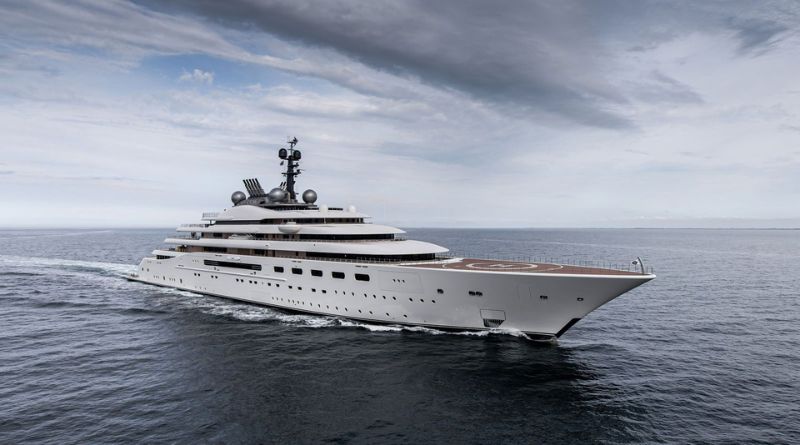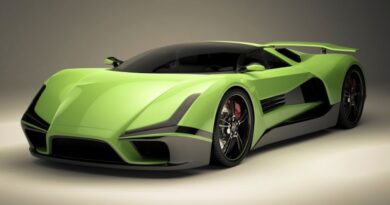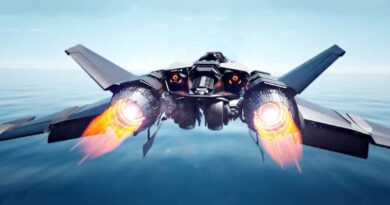Embark on a fascinating journey through aviation history as we unveil the colossal marvels that have graced the skies – the top 7 biggest flying boats of all time. These airborne leviathans have left an indelible mark, combining engineering prowess with a majestic presence. From the golden age of seaplanes to modern technological marvels, each flying boat on our list has a unique story to tell. Join us as we delve into their design intricacies, pioneering moments, and the impact they had on shaping the future of air travel. Whether you’re an aviation enthusiast or a casual reader, this exploration promises a captivating glimpse into the world of the largest and most awe-inspiring flying boats ever built.
Biggest Flying Boats Of All Time
Hughes H-4 Hercules (Spruce Goose)
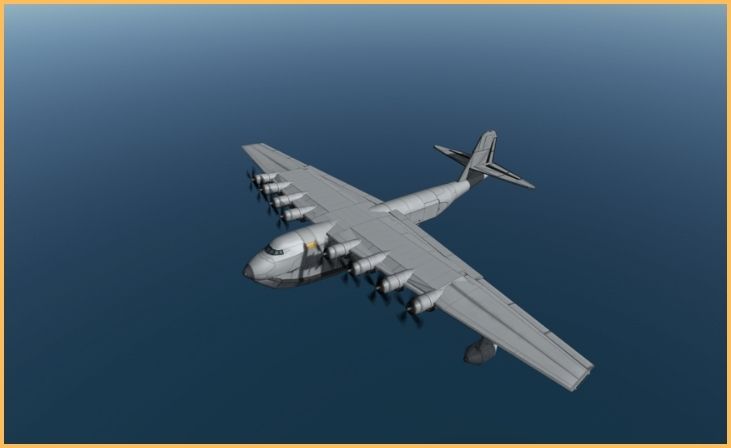
The Hughes H-4 Hercules, famously known as the Spruce Goose, is the largest flying boat ever built. Designed and constructed by Howard Hughes in the 1940s, this colossal aircraft boasts a wingspan of 320 feet, surpassing all other flying boats. The term “Spruce Goose” is somewhat misleading, as the aircraft is mainly made of birch, not spruce. Despite its massive size, the H-4 only made one brief flight in 1947, reaching an altitude of 70 feet for about a mile. Powered by eight engines, it was intended as a transatlantic transport during World War II but was never utilized for its intended purpose. Today, the Spruce Goose is on display at the Evergreen Aviation & Space Museum in Oregon, commemorating its unique place in aviation history.
Dornier Do X
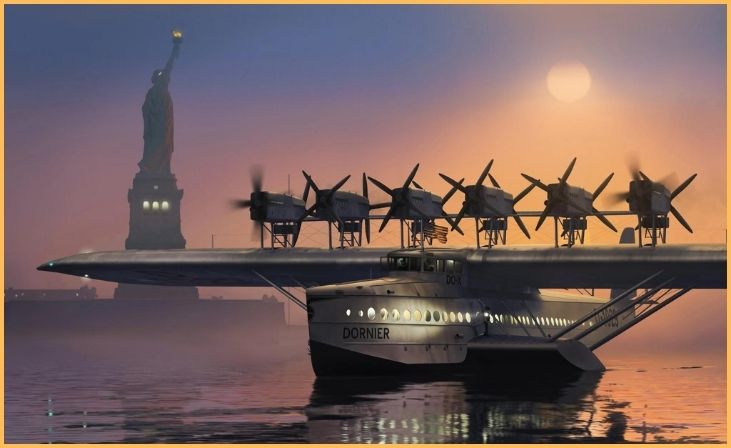
The Dornier Do X stands as one of the largest and most iconic flying boats in history. Designed by German engineer Claude Dornier, this colossal aircraft made its maiden flight in 1929. With a wingspan of 157 feet, it held the title of the largest flying boat until the Hughes H-4 Hercules (Spruce Goose) surpassed it in the 1940s. The Do X could accommodate up to 100 passengers and featured a luxurious interior, including a dining room and sleeping cabins. Despite its impressive size and capabilities, the Do X faced challenges, and only three were ever produced. Despite this, it remains a significant milestone in aviation history, showcasing the ambitious pursuit of large-scale, long-range commercial air travel during its era.
Also Read: 7 Best Used Supercars To Buy If You’re On A Budget
Blohm & Voss BV 238
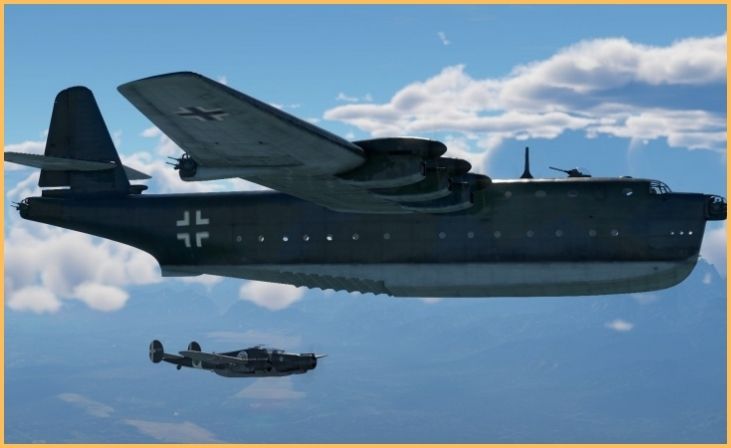
The Blohm & Voss BV 238 ranks among the largest flying boats in history. Developed by the German aviation company during World War II, it made its debut in 1944. With a wingspan of 197 feet, the BV 238 was an enormous seaplane designed for long-range reconnaissance and transport. It featured six engines and a unique configuration with two hulls, each equipped with landing gear. Despite its impressive size, only one BV 238 was completed, and it saw limited operational use due to the war’s progression. Ultimately, the BV 238 stands as a testament to the engineering innovations and challenges faced by aircraft designers during a tumultuous period in aviation history.
Short Sunderland

The Short Sunderland was a renowned British flying boat, notable for its significant role in maritime reconnaissance and anti-submarine operations during World War II. With a wingspan of 112 feet, it became one of the largest and most successful flying boats of its time. Designed by Short Brothers, the Sunderland featured a distinctive hull design, powerful engines, and a long operational range. Its versatility allowed it to perform various roles, including reconnaissance, convoy escort, and search and rescue missions. The Sunderland’s durability and effectiveness earned it a reputation as a reliable workhorse in maritime aviation. Over 700 were built, serving with the Royal Air Force and other allied forces, leaving a lasting impact on the history of flying boats.
Martin JRM Mars

The Martin JRM Mars is a legendary American flying boat, renowned for its colossal size and impressive capabilities. Developed by the Glenn L. Martin Company, it served primarily as a transport and patrol aircraft during World War II. With a wingspan of 200 feet, it ranks among the largest flying boats ever built. The Mars had a distinctive hull design and was powered by four radial engines. Initially designed as a long-range patrol bomber, it was later converted into a transport aircraft, capable of carrying large payloads. Although only a few were produced, the JRM Mars played a crucial role in maritime operations, showcasing the significance of large flying boats in long-range transport and strategic reconnaissance.
Convair XF2Y Sea Dart
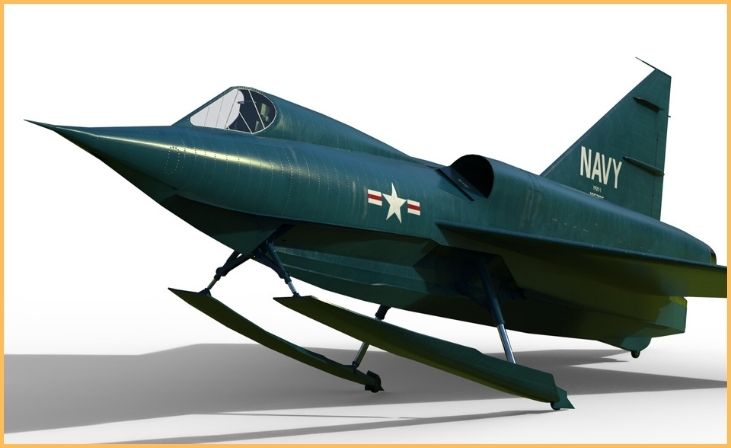
The Convair XF2Y Sea Dart holds a unique place in aviation history as the only supersonic seaplane ever built. Developed in the 1950s by Convair, this experimental aircraft featured delta wings and water skis for takeoff and landing. With a length of 49 feet and a wingspan of 32 feet, the Sea Dart was not among the largest flying boats but was distinctive for its high-speed capabilities. Powered by a water-injection J34 turbojet engine, it could achieve speeds exceeding Mach 1. Despite its promising performance, the Sea Dart project was limited, and only a few prototypes were produced. The challenges associated with supersonic seaplane operations eventually led to the discontinuation of the program in the late 1950s.
Saunders-Roe Princess
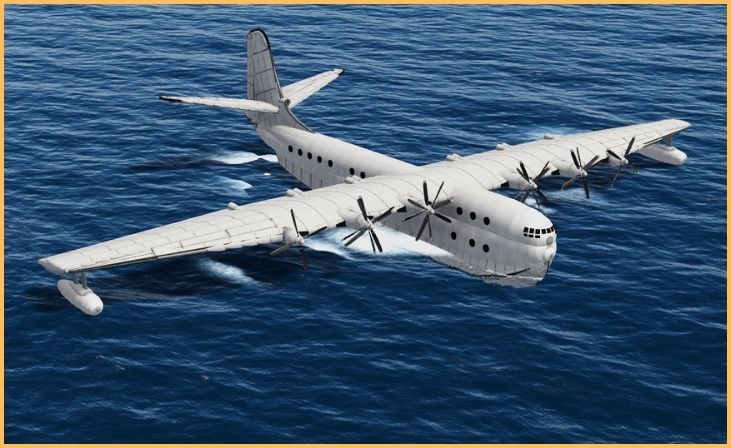
The Saunders-Roe Princess was a colossal British flying boat designed by Saunders-Roe in the early 1950s. With a wingspan of 219 feet, it ranks among the largest flying boats ever built. Intended for long-range transatlantic flights, the Princess featured a luxurious interior, accommodating up to 105 passengers. Powered by ten turboprop engines, it faced challenges, including advancements in land-based aircraft and the changing aviation landscape. Only three Princess flying boats were completed, and they were primarily used for test flights and promotional purposes. Despite its impressive size and engineering, the Princess became a symbol of the declining era of large flying boats, as it entered service just as jet airliners were gaining dominance in commercial aviation.
Also Read: 7 Legendary Sports Cars That Redefined Speed And Power
Conclusion
In conclusion, our exploration of the top 7 biggest flying boats of all time has unraveled a tapestry of aviation marvels that have soared above oceans and captured imaginations. From the sheer magnitude of the Spruce Goose to the elegance of the Short Sunderland, these flying boats stand as testaments to human ingenuity and the relentless pursuit of conquering the skies. As we bid farewell to this journey, we invite you to reflect on the bygone eras and the pioneers who dared to dream big, creating airborne behemoths that forever altered the course of aviation history. The legacy of these flying boats continues to inspire awe, reminding us of the boundless possibilities that await those who reach for the clouds.
Frequently Asked Questions
The Hughes H-4 Hercules, famously known as the Spruce Goose, holds the title as the largest flying boat ever constructed. It made its historic flight in 1947.
While some flying boats were indeed military giants like the Blohm & Voss BV 238, others like the Boeing 314 Clipper were designed primarily for commercial use.
Technological innovations, such as the transition from piston engines to jet propulsion, played a crucial role in evolving flying boat design, enhancing speed, range, and overall performance.

